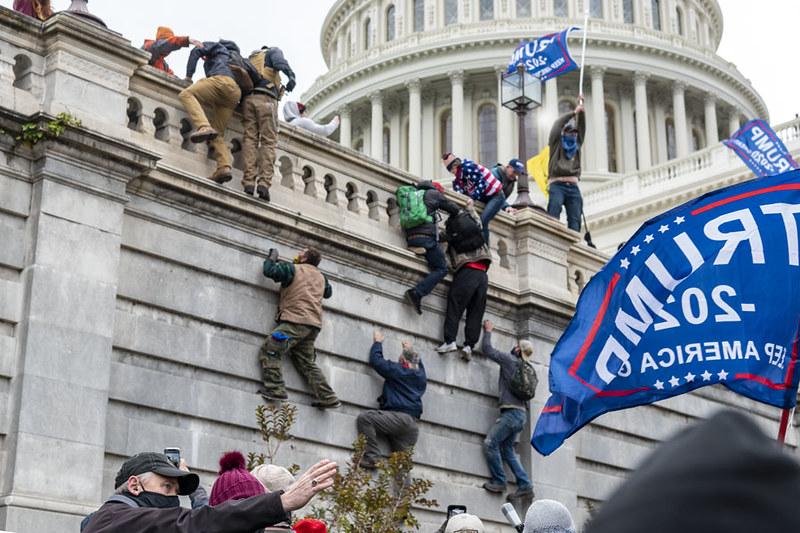In 2001, on the 10th day of July, the New York Times published an op-ed titled “The Declining Terrorist Threat.” The author argued that terrorism reached its zenith in the 1980s, so it was not a serious security challenge confronting the United States. Two months later — nearly to the day — the 9/11 terrorist attacks occurred, leaving 2,977 people dead.
The United States cannot afford to fall victim to the same complacency and lack of imagination that led the national security infrastructure to believe that a 9/11 scale attack was impossible. Contemporary attacks, like the Jan. 6 Insurrection at the Capitol complex, illustrate why terrorism continues to constitute a security crisis in the United States.
Preparedness remains a critical element of the American response to terrorism; however, the failure to imagine potential attack scenarios and the accompanying complacency are foundational failures in law enforcement’s counterterrorism strategy. Without those cornerstones, U.S. officials may continue preparing, only to be shocked by an attack they fail to anticipate.
While the threat posed by terrorism has remained largely constant in the past two decades, the perpetrators behind acts of terror have primarily shifted from foreign extremists to radicalized domestic terrorists. In like-minded online communities, individuals vulnerable to radicalization find the acceptance they so ravenously seek. To integrate themselves into these virtual communities, they espouse increasingly radicalized views. In two prominent cases — the 2013 Boston Marathon bombing and the 2019 El Paso Walmart mass shooting — the perpetrators were American citizens radicalized in these virtual spaces.
By offering training materials and financial support, members of 8Kun, 4Chan and other relatively hidden online forums offer the opportunity for extremist bloviation to escalate into real-world terrorist activity. These forums gained popularity by providing a twisted sense of community for isolated people who are angry at the world for one reason or another. Now, as the popularity of these virtual communities has increased, the terror attacks inspired and planned on these sites has also surged.
According to the National Consortium for the Study of Terrorism and Responses to Terrorism, “social media played a role in radicalizing nearly 90 percent of extremists.” Clearly, the U.S. national security infrastructure, from the intelligence community to law enforcement agencies, must coordinate to address this threat immediately.
While the transition from monitoring communications between suspected foreign terrorists to combating domestic online activities has been challenging, the U.S. government has seen success in some of its initial efforts. For instance, following the 2019 mass shooting in El Paso, U.S. law enforcement aggressively moved to begin surveillance of each of the message boards the gunman had followed. Such action has limited extremist communication, facilitation, and perpetration of acts of terror, effectively protecting the American people.
Much work remains to be done before we can deem these efforts entirely effectual in mitigating the crisis posed by terrorism. After all, the Jan. 6 insurrection was planned on the same message boards the 2019 El Paso gunman frequented. The FBI had made the U.S. Capitol police aware of these threatening posts; unfortunately, due to a lack of imagination from the Capitol’s security team, those interagency warnings fell on deaf ears.
To increase the effectiveness of its domestic counterterrorism operations, law enforcement should emulate its successful experiences rooting out ISIS-affiliated online activities. The lessons learned in that capacity would serve as an outstanding template for forcefully repudiating domestic terrorism in the United States. Additionally, increasing interagency cooperation and conducting training scenarios to imagine all potential terrorist threats offer tremendous benefits to American law enforcement.
Ultimately, by taking these proactive responses, the United States can quickly return to a more acceptable level of security. In such a world, members of Congress could comfortably give their constituents tours of the U.S. Capitol, runners would again participate in the Boston Marathon free from worry, and people could go about their lives without seeing a daily news notification on the latest mass shooting. American officials have the tools to triumphantly reemerge from the decades-long specter imposed by domestic terrorism — they just have to use them.

